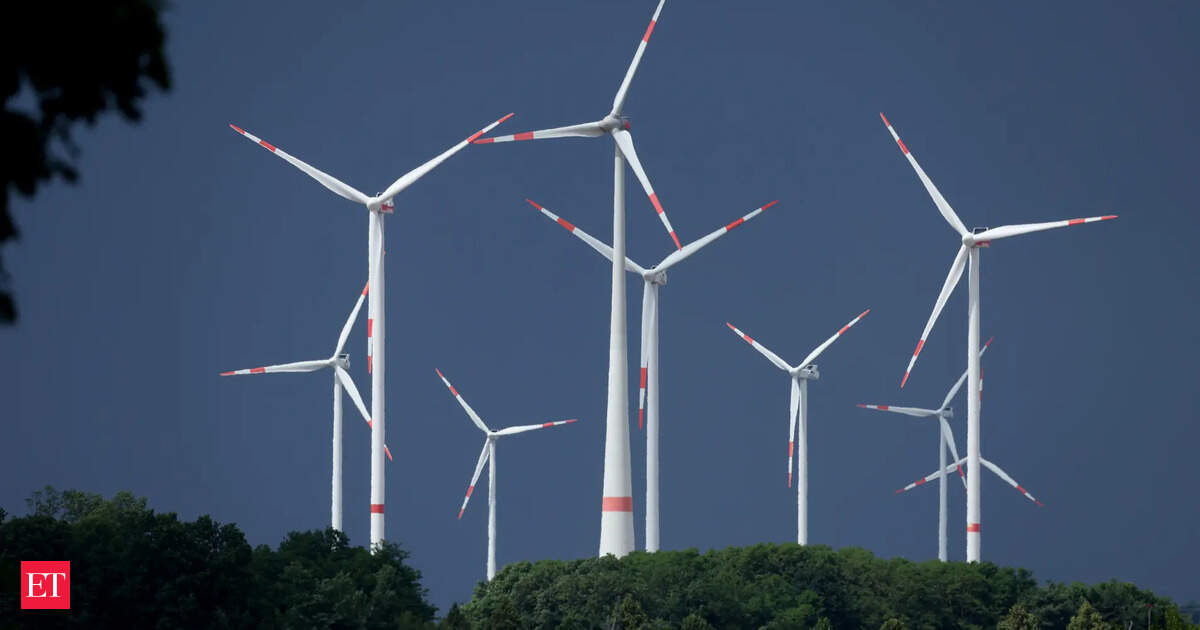Key Takeaways
- Industry leaders urge the Indian government to adopt a phased approach for localising wind turbine components.
- Concerns rise over rapid localisation requirements potentially causing supply chain issues and increased costs.
- Experts recommend smart localisation strategies and global partnerships to enhance competitive manufacturing.
Calls for Phased Localisation in India’s Wind Energy Sector
Certain stakeholders in India’s wind energy industry are advocating for a more gradual approach to the localisation of critical wind turbine components. Their concerns center around a recent draft amendment that mandates rapid localisation for inclusion in an updated list of wind models and manufacturers. Industry experts argue that a phased strategy would better support domestic manufacturing and prevent potential supply chain disruptions.
V. Sriniwas Reddy, Executive Director of Synergy Green Industries, articulated the need for a more thoughtful approach. He noted the complexities involved in localising precision parts such as gearboxes and converters, which require not only capital investment but also technology partnerships and skilled talent. “The recent MNRE directive on indigenisation, while well-intentioned, needs a phased, industry-aligned approach. Instead of blanket targets, India should focus on enabling quality manufacturing, selective localisation, and global competitiveness,” Reddy stated.
Experts believe that by prioritising quality and investor confidence, India could emerge as the third-largest wind market globally. Reddy emphasized that it is crucial to integrate global practices rather than impose short-term mandates that could hinder growth.
Echoing these sentiments, Francis Jayasury, Director-India at the Global Wind Energy Council (GWEC), stressed the importance of “smart localisation strategies.” He indicated that while maximizing domestic capacity is vital, it should occur in tandem with global collaborations for specialized technologies. Jayasury argued that not every component needs to be manufactured locally; rather, a strategy focused on smart localisation should take precedence over forced isolation.
To bolster investor confidence, industry players have recommended the establishment of clear Harmonized System (HS) code classifications, Bureau of Indian Standards (BIS) for structural components, and export-linked incentives. These measures are viewed as essential for promoting a stable investment landscape and fostering competitiveness in the wind energy sector.
As the conversation around localisation continues, it is clear that the focus must shift toward a more coordinated effort that balances domestic manufacturing strengths with the advantages of international partnerships. This collective effort may ultimately propel India’s wind energy sector to new heights, capitalizing on its vast potential while ensuring sustainable growth and innovation.
The content above is a summary. For more details, see the source article.















